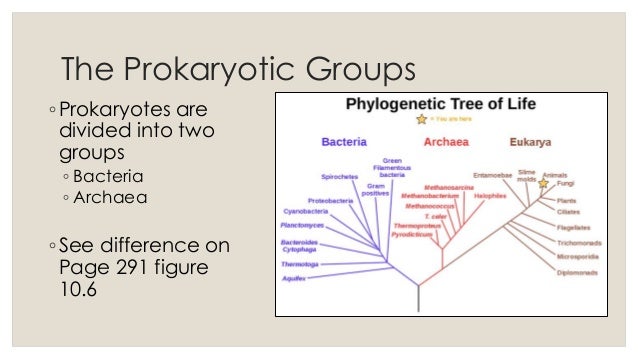Gram positive in other prokaryotes there is another membrane surrounded the plasma membrane which does not allow peptidoglycan to cross. Bacteria are very diverse ranging from disease-causing pathogens to beneficial photosynthesizers and symbionts.
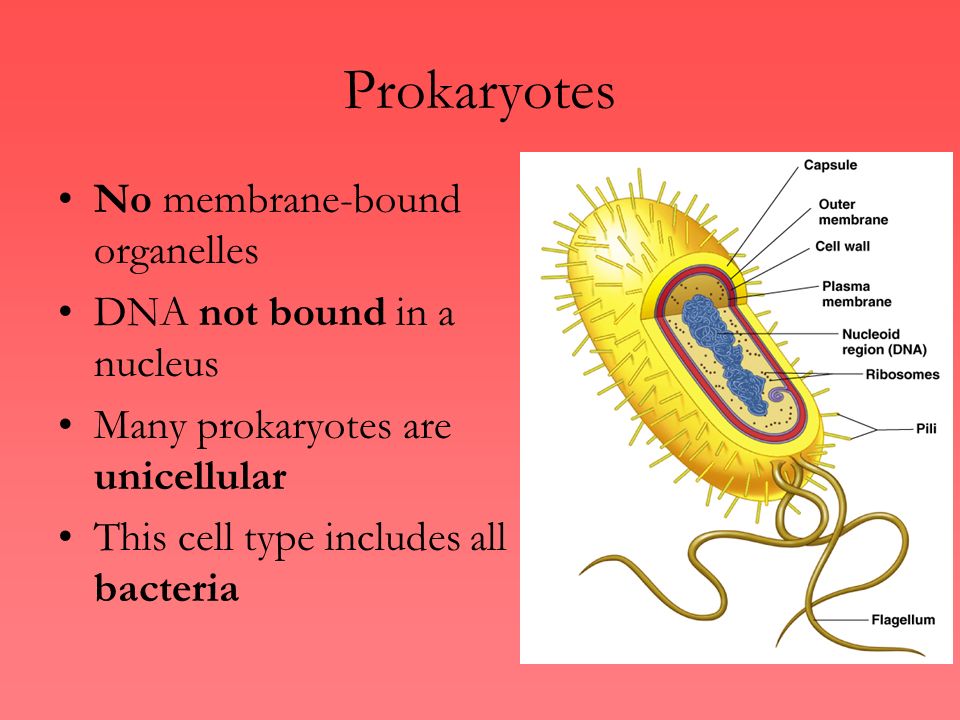
Types Of Cells There Are Two Broad Groups Of Cells Organelle Ppt Video Online Download
A prokaryotic cell does not have a nuclear membrane.

2 PROKARYOTIC GROUPS. Eukaryotes have a separate membrane bound nucleus numerous mitochondria and. Prokaryotic Virus Orthologous Groups pVOGs. There are two prokaryotic kingdoms and five eukaryotic kingdoms.
Actinobacteria are a group. They were here first and for billions of years were the only form of life. Eukaryotes can be single celled or multi-cellular organisms.
All living things can be classified into three main groups called domains. Capsule It is an outer protective covering found in the bacterial cells in addition to the cell wall. Prokaryote also spelled procaryote any organism that lacks a distinct nucleus and other organelles due to the absence of internal membranes.
Others are actually helpful to human digestion and other functions. Scientists have divided the prokaryotes into two groups the Bacteria and the Archaea. Scientists at the NASA Astrobiology Institute and at the European Molecular Biology Laboratory collaborated to analyze the molecular evolution of 32 specific proteins common to 72 species of prokaryotes.
Prokaryotic cells are evolutionarily ancient. Prokaryotes arose during the Precambrian Period 35 to 38 billion years ago. 2 The model they derived from their data indicates that three important groups of bacteriaActinobacteria Deinococcus and Cyanobacteria which the authors call.
Karyon nucleus. The two domains that comprise prokaryotes are archaea and bacteria. Here is just the briefest of distinctions.
Two Basic Types of Cells. Choose from 500 different sets of termprokaryotes eukaryotes 2 groups. A prokaryotic cell structure is as follows.
Prokaryotic cells are not as complex as eukaryotic cells. A resource for comparative genomics and protein family annotation. Scientists at the NASA Astrobiology Institute and at the European Molecular Biology Laboratory collaborated to analyze the molecular evolution of 32 specific proteins common to 72 species of prokaryotes.
It helps in moisture retention protects the cell when engulfed and. Both groups are unicellular microorganisms that evolved independently from an ancient common ancestor. These include the Archaea the Bacteria and the Eukarya.
Actinobacteria are a group. Some bacteria including E Coli Salmonella and Listeria are found in foods and can cause disease. In some prokaryotes peptidoglycan is secreted from the plasma membrane and gram stain sticks to this peptidoglycan and turns blueish purple.
2 The model they derived from their data indicates that three important groups of bacteriaActinobacteria Deinococcus and Cyanobacteria collectively called Terrabacteria by the authorswere the first to colonize land. The predominantly single-celled organisms of the domains Bacteria and Archaea are classified as prokaryotes pro before. Learn termprokaryotes eukaryotes 2 groups of cells with free interactive flashcards.
There are huge fundamental differences between the ways these two groups go about living. Archaea are also diverse but none are pathogenic and many live in extreme environments. Today most life is prokaryotic and these cells are supremely successful.
All bacteria and bacteria-like Archaea are prokaryotic organisms. They may be spherical rod-shaped or spiral. Cells fall into one of two broad categories.
The two prokaryote domains Bacteria and Archaea split from each other early in the evolution of life. Prokaryotic organisms can live in every type of environment on Earth from very hot to very cold to super haline to very acidic. 1 The model they derived from their data indicates that three important groups of bacteriaActinobacteria Deinococcus and Cyanobacteria collectively called Terrabacteria by the authorswere the first to colonize land.
In 1977 Carl Woese proposed dividing prokaryotes into the Bacteria and Archaea originally Eubacteria and Archaebacteria because of the major differences in the structure and genetics between the two groups of organisms. A prokaryote is a single-celled organism that lacks a membrane-bound nucleus karyon mitochondria or any other membrane-bound organelle. Viruses are the most abundant and diverse biological entities on earth and while most of this diversity remains completely unexplored advances in genome sequencing have provided unprecedented glimpses into the virosphere.
Scientists at the NASA Astrobiology Institute and at the European Molecular Biology Laboratory collaborated to analyze the molecular evolution of 32 specific proteins common to 72 species of prokaryotes. The lack of internal membranes in prokaryotes distinguishes them from eukaryotes. Bacteria are among the best-known prokaryotic organisms.
Prokaryotes include the kingdoms of Monera which is divided into two domains Bacteria and Archaea. However the genetic material is present in a region in the cytoplasm known as the nucleoid. Animal cells plant cells fungi and protists are eukaryotes eu true.

Chapter 4 A Survey Of Prokaryotic Cells And Microorganisms Ppt Download
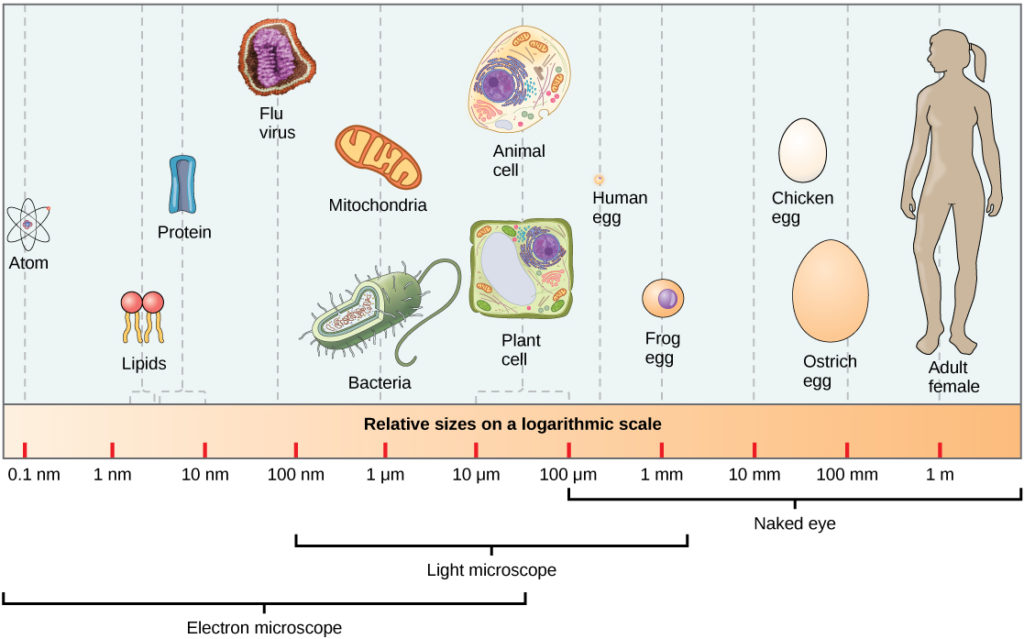
Prokaryotes And Eukaryotes Biology For Majors I
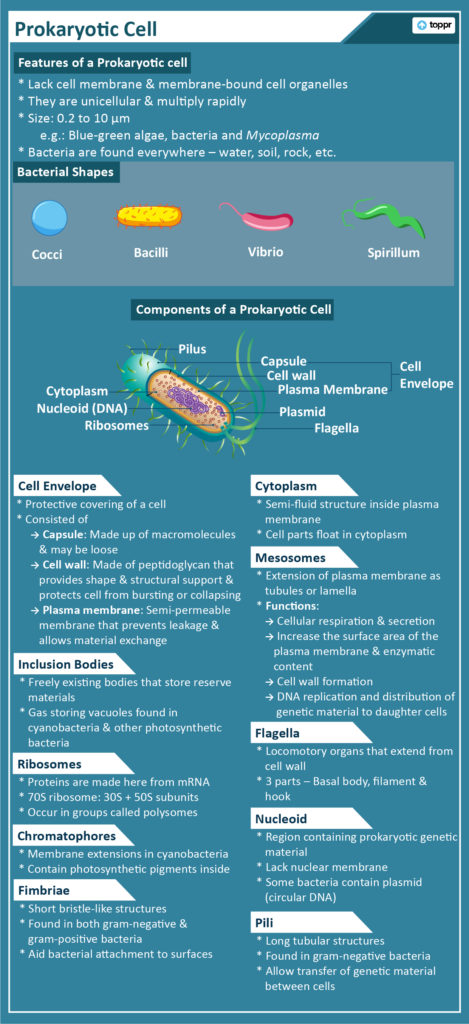
Prokaryotic Cell Components Examples With Questions And Videos

Prokaryote Structure Article Khan Academy
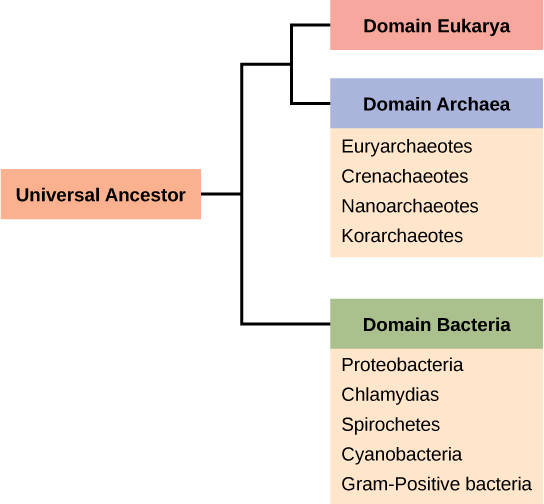
Prokaryote Classification And Diversity Article Khan Academy

Prokaryotic And Eukaryotic Cells Levels Of Organization Biology 4 A Biology 10 C Ppt Download

Lokiarchaeota Are The Closest Known Prokaryotic Relatives Of Download Scientific Diagram

1 19 Prokaryotes Biology Libretexts
Prokaryote Classification Advanced Ck 12 Foundation
What Are Two Types Of Prokaryotes Quora
Structure Of Prokaryotes Biology Ii
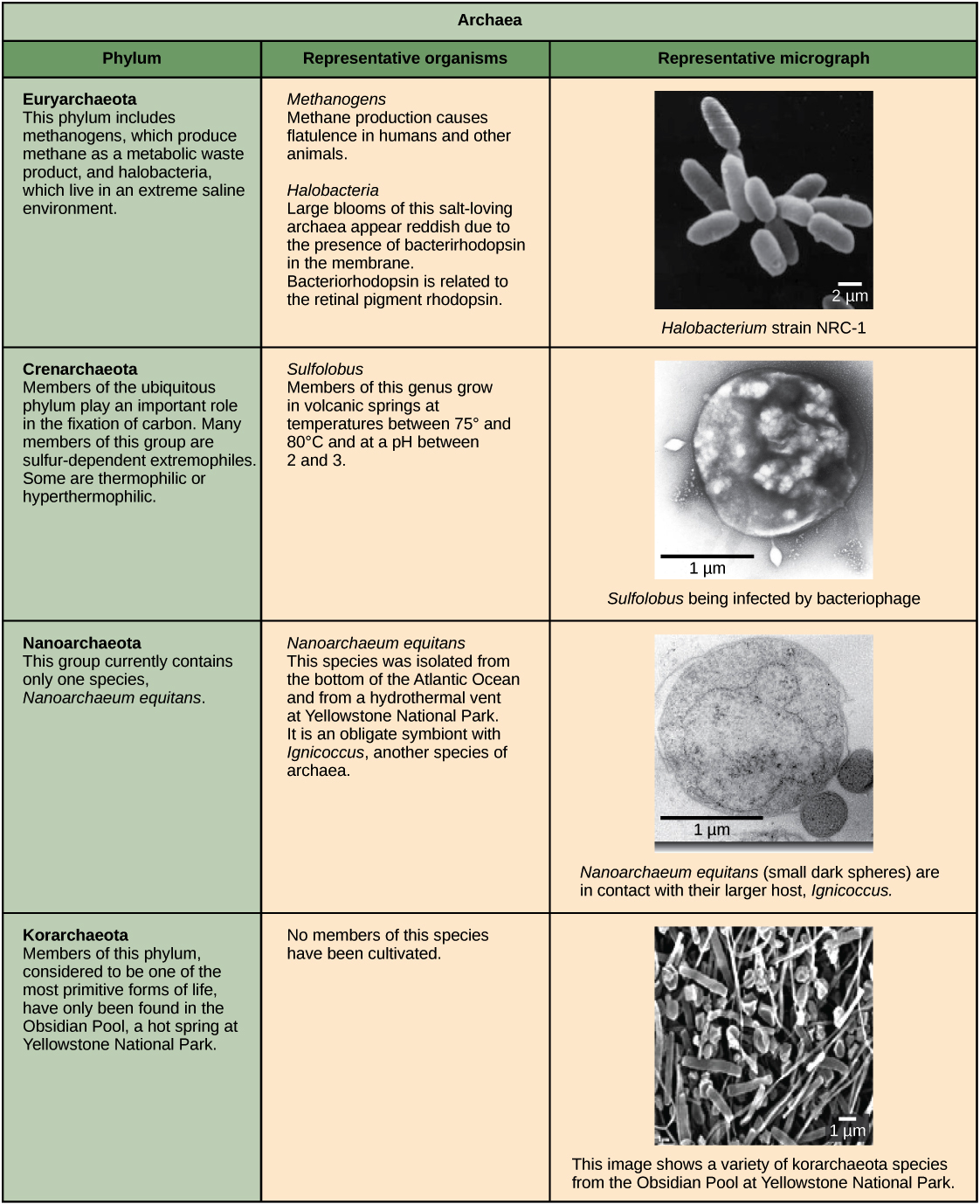
Prokaryote Classification And Diversity Article Khan Academy

Prokaryote An Overview Sciencedirect Topics

Prokaryote Classification And Diversity Article Khan Academy

Prokaryotic Cell Structure Function How Are Prokaryotes Different
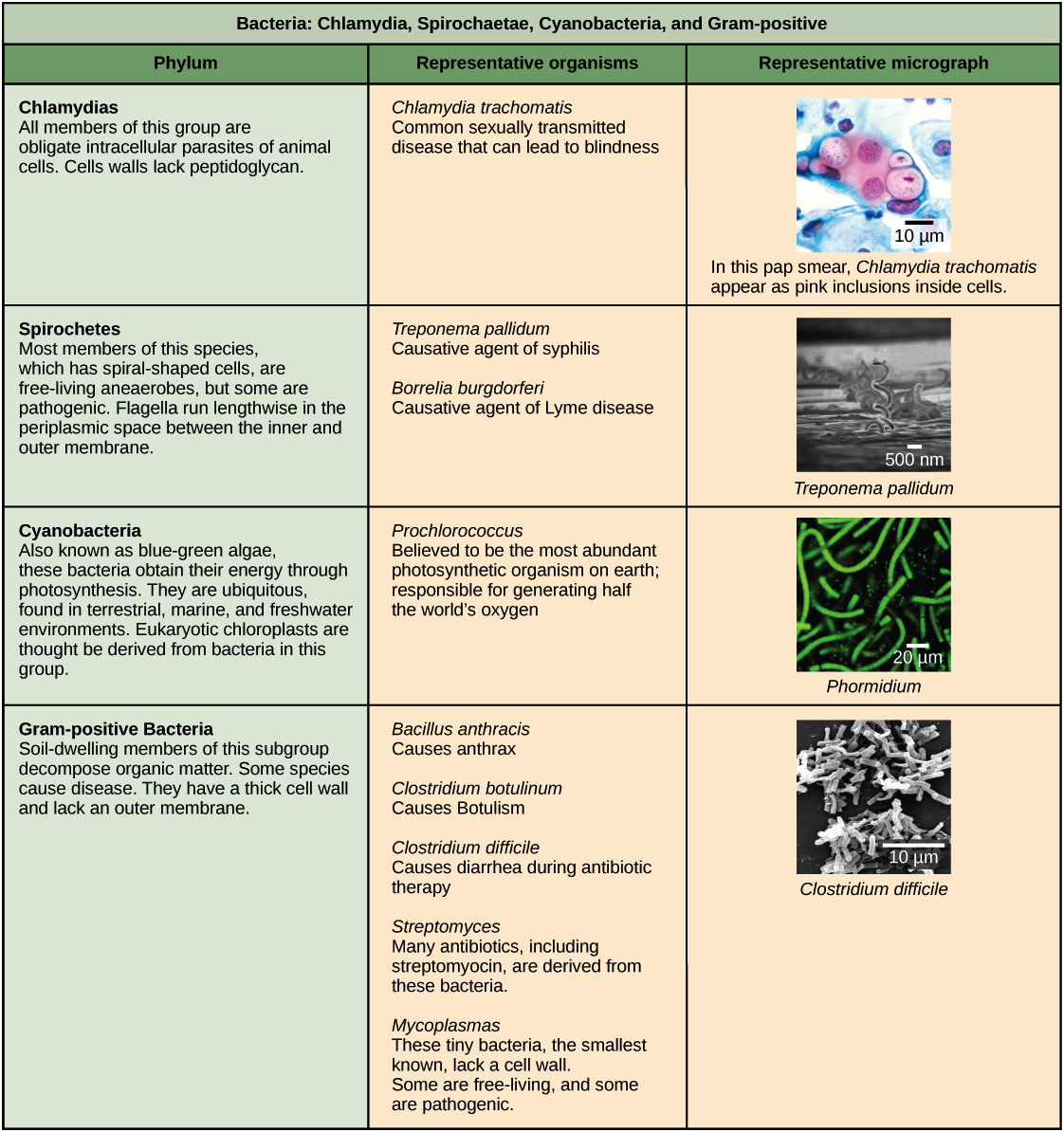
Prokaryote Classification And Diversity Article Khan Academy

Prokaryotic Eukaryotic Two Types Of Biological Cells

